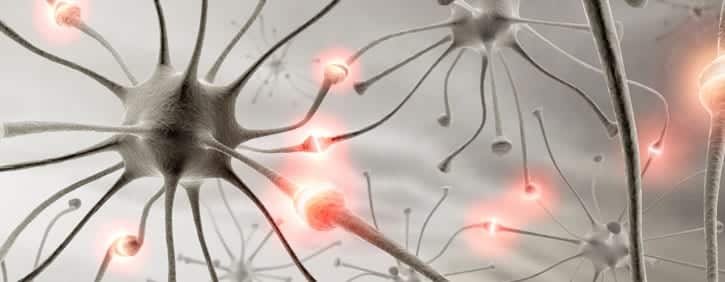Types Of Neuropathy
There are three types of peripheral nerves: motor, sensory, and autonomic. Some neuropathies affect all three types of nerves, while others may affect only one or two.

Motor Nerves
Motor Nerves send impulses from the brain and the spinal cord to all of the muscles in the body. This permits people to do activities like walking, catching a ball, or moving the fingers to pick up objects. Motor nerve damage can lead to muscle weakness, difficulty walking and moving the arms, cramps, and spasms in the muscles.
Sensory Nerves
Sensory nerves send messages from the muscles back to the spinal cord and the brain. Special sensors in the skin and deep inside the body help people identify whether an object is sharp or dull, hot or cold, or whether a body part is still or in motion. These nerve fibers allow us to feel pain. Sensory nerve damage often results in tingling, numbness, pain, and extreme sensitivity to touch.
Autonomic Nerves
Autonomic nerves control involuntary or semi-voluntary functions such as heart rate, blood pressure, digestion, sweating, breathing and blinking. When the autonomic nerves are damaged, a person’s heart might beat more quickly or slowly. These people might get dizzy when standing up, and they might sweat excessively or not at all. In addition, autonomic nerve damage might result in difficulty swallowing, nausea, vomiting, diarrhea, or constipation. Problems with urination, incontinence, abnormal pupil size, and sexual dysfunction may also result.
By far, the most common type of peripheral neuropathy is sensorimotor neuropathy, in which both the sensory and the motor nerve fibers are damaged or destroyed.

